News feed
A mix of scientific and economic knowledge on a healthy energy mix
2023. 12. 21.On 14 December 2023, this year's second BME citizen science event, which focused on energy issues at both national and household level, attracted a large number of visitors.
BME researchers are at the forefront not only in science, but also in communicating it effectively to the public, as demonstrated by the highly successful ChatGPT event this summer. "An afternoon on household energy at BME: energy efficiency, nuclear and renewables hand in hand" was the theme of the second citizen science programme organised by BME on 14 December 2023.
The recording of the programme can be viewed on BME's Youtube channel here.
In his opening speech, János Levendovszky, BME’s Vice-Rector for Science and Innovation, explained why citizen science is important for BME, which follows the 4th generation model. He explained that academic excellence must be demonstrated not only in education, research and innovation, but also in other societal expectations. Citizen science aims to involve citizens in research, to strengthen trust in science, to prepare society together with science, for the great challenges ahead, which allows for forming clear, objective, evidence-based opinions. An important condition for this is that the university must transmit knowledge to citizens in an understandable way. "We are on the threshold of major changes that will determine our common future and that can only be successfully managed through a cooperative approach. We need to move from forming opinions based on impulses to forming opinions based on evidence, and citizen science provides the knowledge base for this", stressed János Levendovszky.
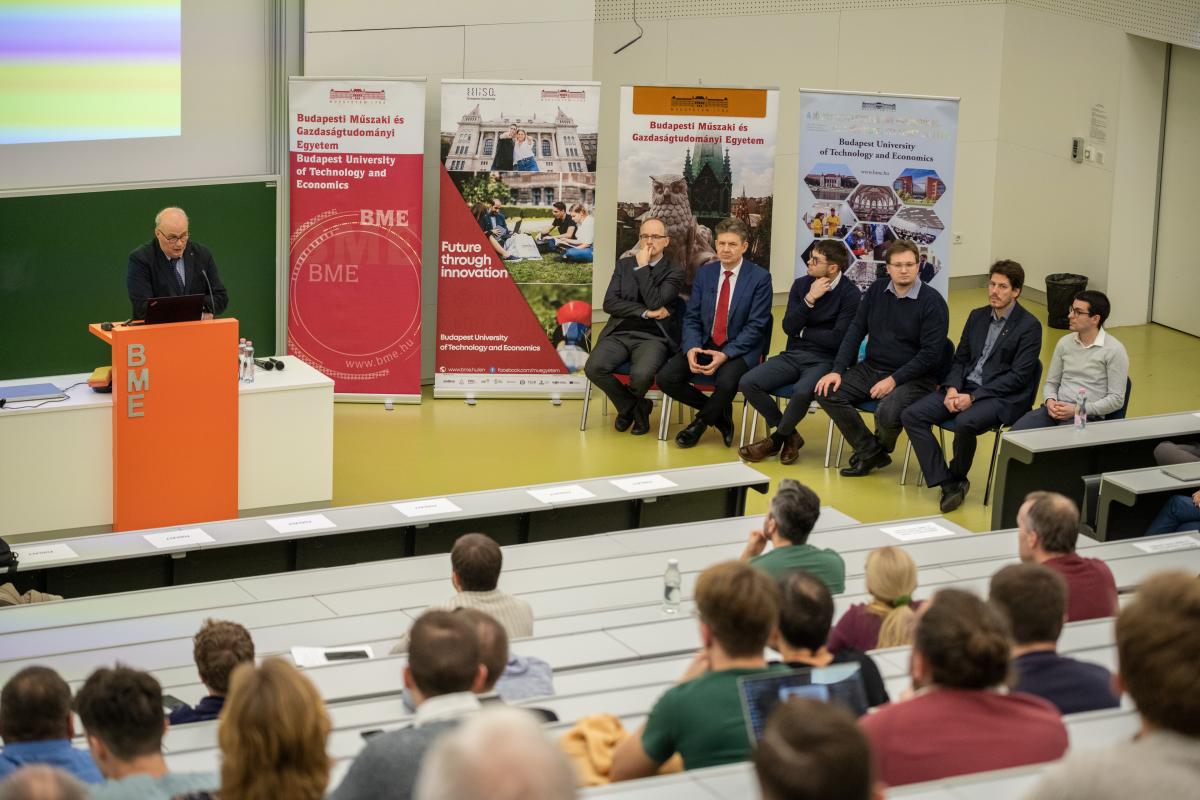
Energy is a current topic in today's geopolitical events, and this time six speakers covered the subject. The host was Attila Aszódi, Dean of BME’s Faculty of Natural Sciences (BME TTK), and his fellow speakers included: Tamás Csoknyai, Associate Professor at the Department of Building Service and Process Engineering, Faculty of Mechanical Engineering, (BME GPK), János Martin Mayer, Assistant Professor at BME GPK’s Department of Energy Engineering, Balázs Plesz, Associate Professor at the Department of Electronic Devices, Faculty of Electrical Engineering and Informatics (BME VIK), Botond Szücs, Assistant Professor at BME GPK’s Department of Energy Engineering, and Bence Biró, PhD student at BME TTK’s Institute of Nuclear Techniques. Starting from the broader perspective of European and domestic energy supply, we moved on from scientific explanations and analyses to the household level, and finally to the optimisation of household and national energy mixes. We also looked at scientific models for future energy needs and security.

In his introduction, Attila Aszódi explained that the building sector accounts for 40% of final energy consumption in the 27 EU countries. In our country, heating accounts for 80% of household energy consumption, most of which comes from fossil energy sources. There is a general global energy policy drive to reduce the use of fossil fuels and increase the share of carbon-neutral generation. This process also poses many questions and challenges on the user side. An important part of the decarbonisation process involves transforming the household energy mix. One potential way of achieving this is through electrification, i.e. the increased use of electricity in the household energy supply. However, electricity is a unique product that requires constant balance between its use and production, second by second, while demand constantly changes. Consequently, the geography of our country makes it impossible to ensure a secure electricity supply from renewable energy sources alone, according to the scientific analyses carried out by BME researchers. The decarbonisation targets of the European Union cannot be achieved without nuclear energy. Therefore, nuclear energy has a major role to play in a healthy energy mix alongside renewable energy sources. Ongoing developments (e.g. the spread of e-mobility) will lead to further significant increases in electricity demand.
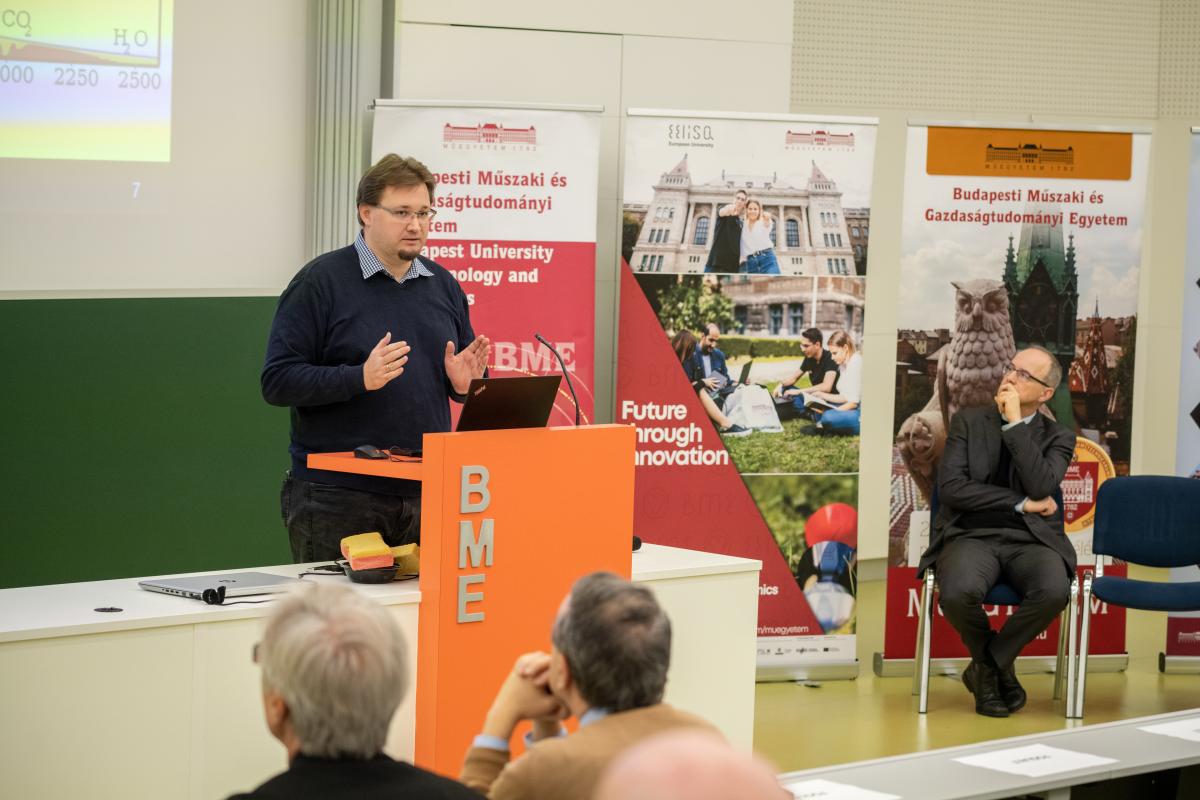
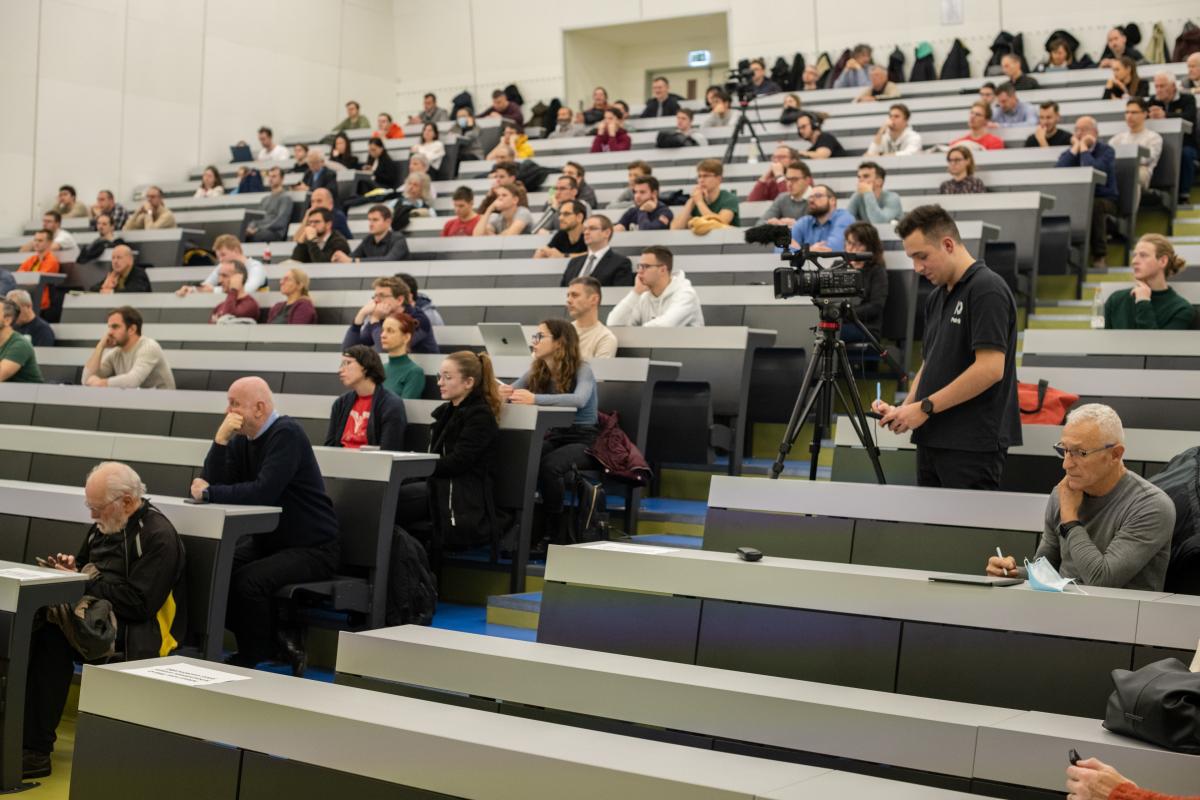
Balázs Plesz introduced the audience to the operation of solar panels and the factors that determine their efficiency. In his presentation, he also discussed the developments that have been made in the last 15 years, highlighting how they have significantly improved the efficiency of solar panels, which has a decisive influence on the economic efficiency of a system.
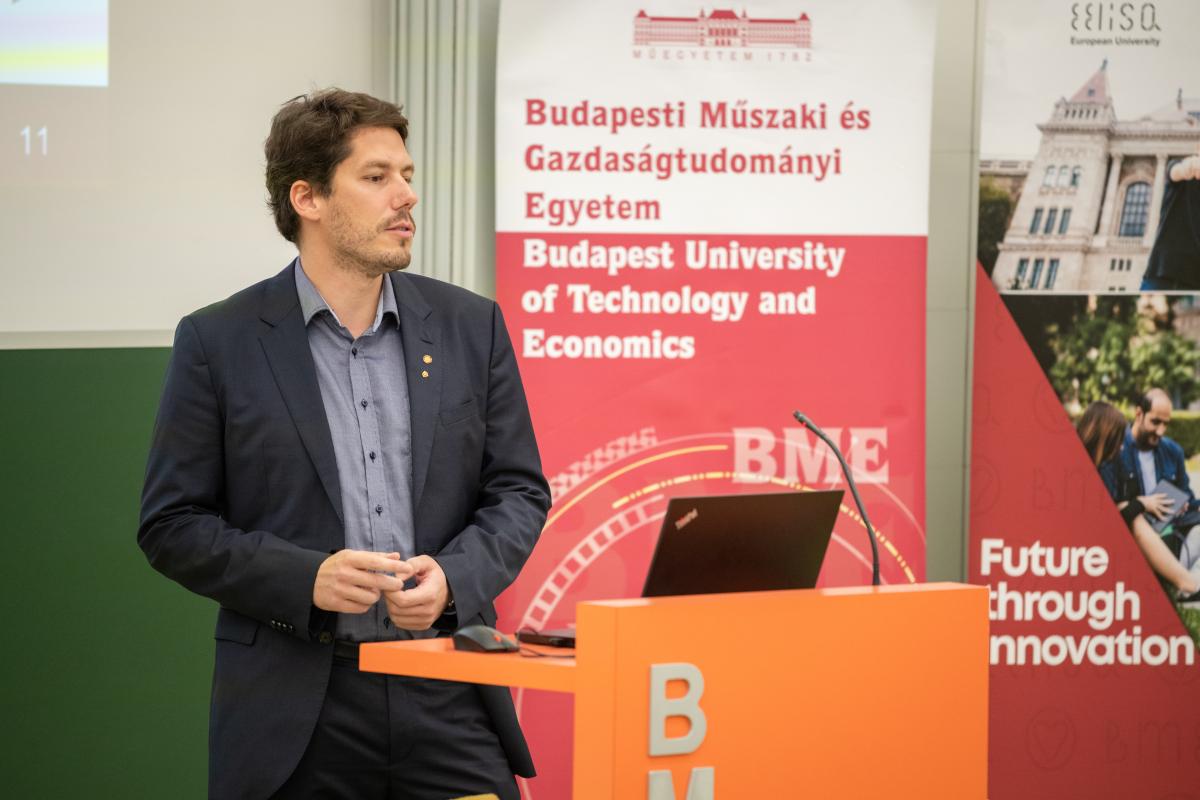
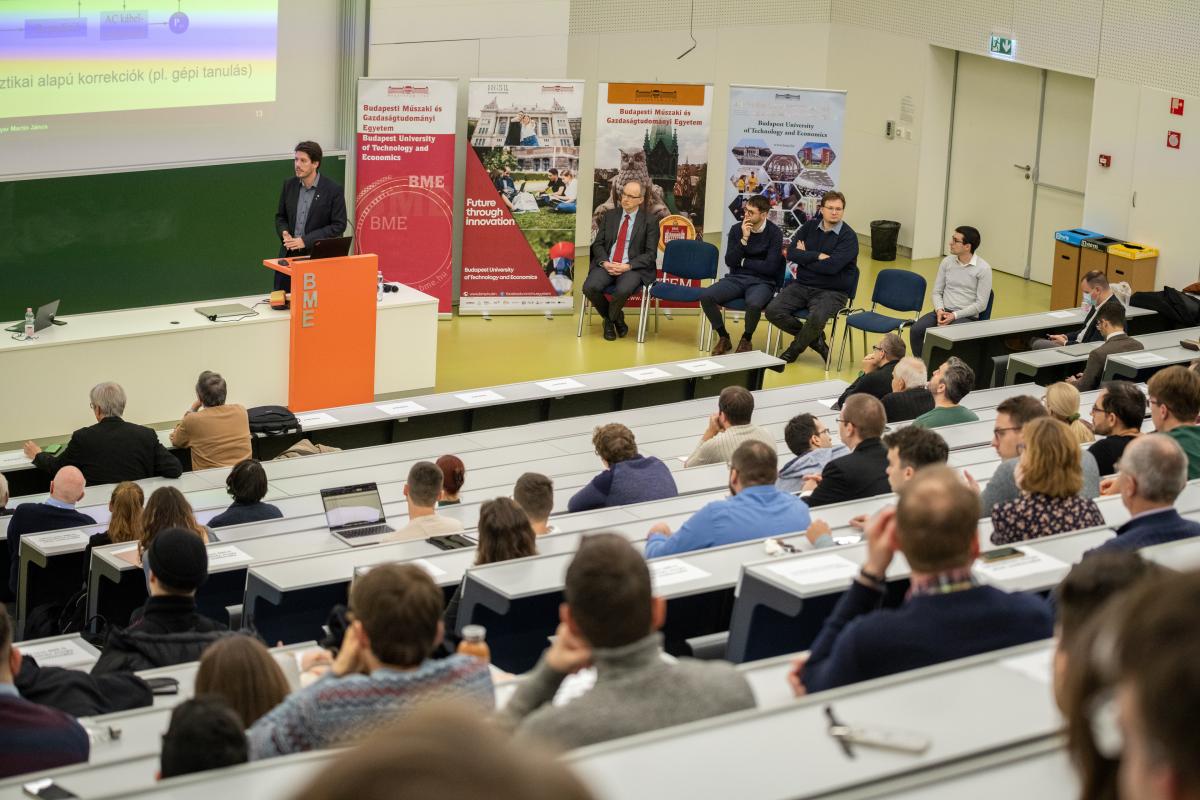
Martin Mayer discussed when and how much solar energy we can harness. While the annual and daily periodicity is given, weather conditions constantly influence the amount of solar energy available at any given time. BME researchers have collaborated with the National Meteorological Service (OMSZ) for several years, resulting in a more accurate estimate of the expected production of solar panels.

Attila Aszódi said that while Hungary has 5,000 MW of installed solar energy capacity, nuclear energy remains the basis for continuous and secure energy supply. It is a continuous source of electricity regardless of weather conditions and providing more than a third of annual electricity consumption.

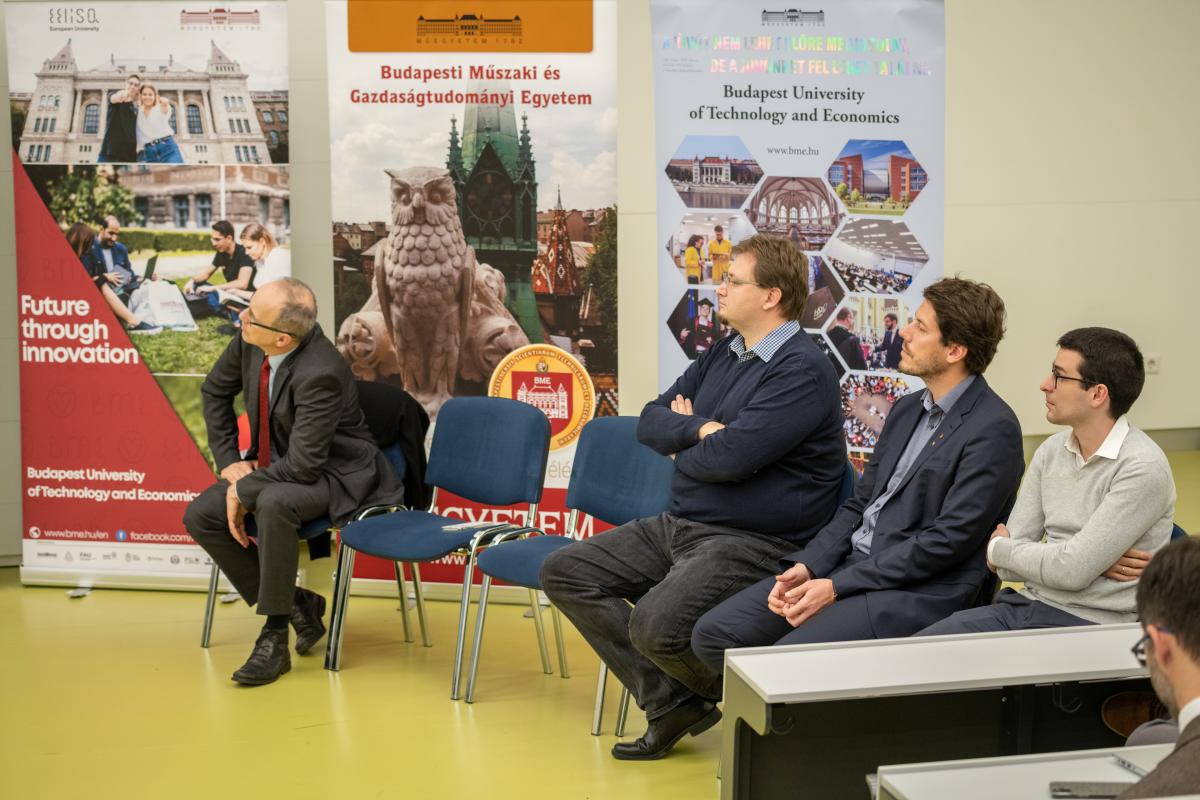
Bence Biró spoke about the regulation of electricity generation and market forecasting and the regulation of power plant production. Although electricity market pricing may not seem important for consumers today, it is good to be prepared for possible changes and to be aware of how prices are set.

In his presentation, Botond Szücs presented international examples of trends and challenges in energetics today. While in Finland, nuclear power plants are the basis of energy production, with wind power serving as a complementary renewable energy source, Germany relies on coal-fired power plants instead of nuclear power plants.
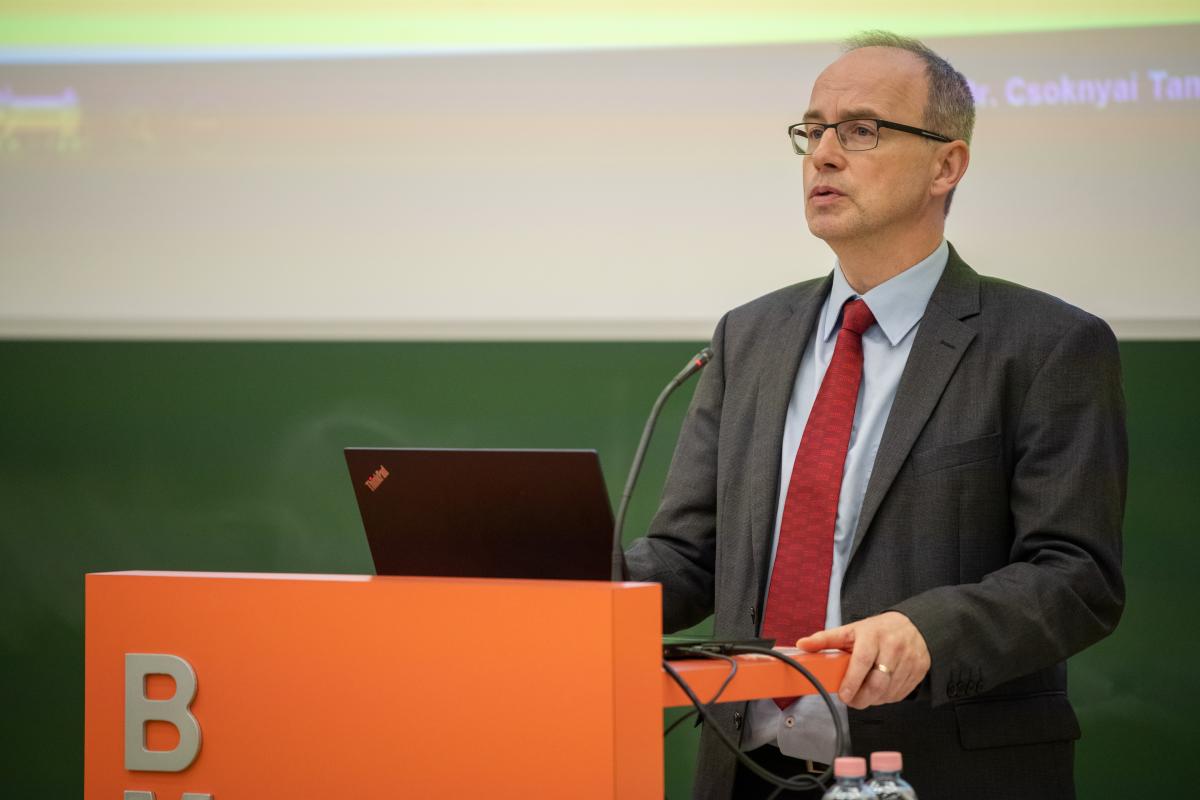
Tamás Csoknyai presented the details of a 10-year research project. This scientific work involved identifying the types of Hungarian residential buildings: 12 types of detached houses and 11 types of condominiums were identified. Virtual models were created and energy calculations were carried out using data from 2000 buildings. The researchers found that, in addition to the time of construction, the geometry and size of the buildings also play an important role. The worst performers in terms of specific energy demand were detached houses built before 1990, while surprisingly, the efficiency of prefabricated houses (panel buildings) is better than is commonly believed. Social decarbonisation goals and family cost reduction efforts coincide best for detached houses. However, the primary goal of consumers per dwelling is currently to get below the gas rebate, not to minimise their carbon footprint. If we want to drastically reduce our carbon footprint, we need to take complex measures at household level. One important measure is the complete insulation and electrification of buildings using heat pumps, but the decarbonisation of electricity generation is also essential.

According to Balázs Plesz, the most important thing to do before installing solar panels at home is to clarify why you want to install a solar system. If there is no answer to this, there will be no good solution. He stressed that solar panels should produce as much energy as we use, and the system should be built with this in mind. Under current legislation, it is not worth feeding energy back into the national system, it is best to use it where and when it is produced. The more complex the system, the better the results. Knowing our own energy use, even the siting of the system can significantly change our electricity generation profile. When installing solar panels in your home, it is not a good idea to aim for maximum power production, but to match the consumption profile as closely as possible.
In the next part of the event, Bence Biró analysed energy strategies within national competence, highlighting their compatibility with the EU's decarbonisation ambitions, which call for greenhouse gas emissions to be by 2030 55% lower than it was in 1990 and net zero by 2050. One of the problems of future estimates is that Hungary currently uses the TIMES model, which is based on energy use data for four reference days a year, i.e. 92 hours. With machine learning, BME researchers have data for every hour of the year (8760), which will allow them to produce much more accurate model calculations. The resolution used in the TIMES model is clearly inadequate, and hourly resolution simulations are essential for assessing the integration of renewables and their impact on nuclear power plant cooperation.
Martin Mayer talked about the production of hourly resolution data: 42 years of weather data were collected and the relationship between weather, system load and renewable generation was modelled using a neural network. The four decades of data also allow probabilistic analyses to quantify uncertainties in weather patterns.
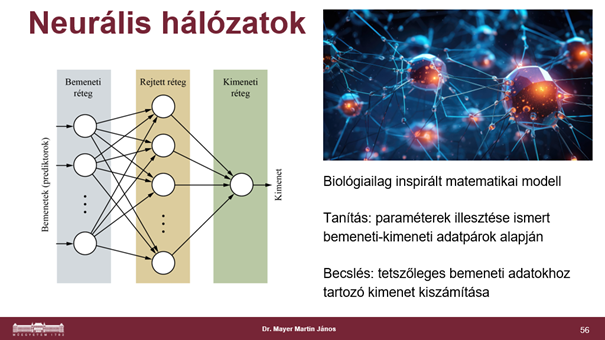
The presentation was concluded by Attila Aszódi, who briefly outlined the main tracks of development for a healthy energy mix and energy for the next period, namely diversification, electrification, decarbonisation – all while ensuring the continuous supply of growing energy needs. Research by BME experts has shown that the EU's decarbonisation targets can only be met by using renewable energy sources in combination with nuclear energy.

The audience of the programme received about one and a half hour of science and economics knowledge mix, which they will be able to use in their energy-related decisions.
KJ
Photo: Viktor Kiss
